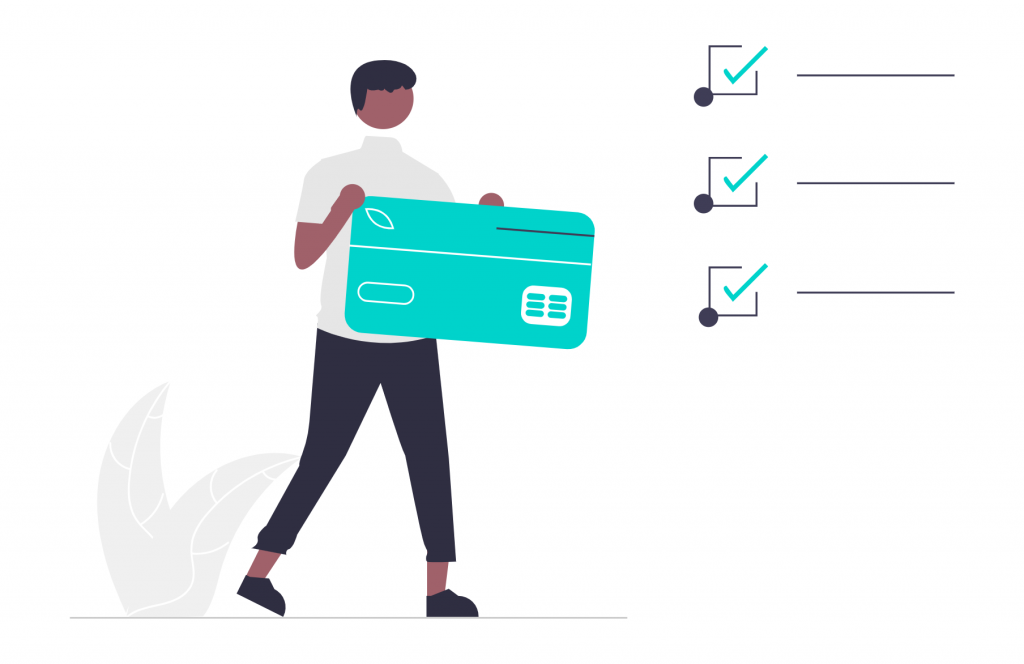
Payment localization, by definition, is the process of tailoring the payment process to fit the cultural, economic, and technological landscape of different regions around the world. It creates a smoother and more intuitive shopping experience for every customer. Companies shouldn’t overlook this type of localization because they risk alienating potential customers and losing out on significant revenue opportunities. Localizing payment methods can help you in numerous ways, and we’re going to talk about them below.
How to implement payment localization
Adapting to local payment practices, integrating popular payment gateways, ensuring compliance with regional financial regulations—these are just some of the ways you can localize payment. Here’s a rundown of the main steps you need to take when implementing this type of localization:
Build trust through local payment methods
Customers usually like to see payment options they are familiar with, and it’s easy to see why. Familiarity reduces hesitation and gives customers more confidence in the purchasing process. Say you’re doing business in Germany—you’ll probably be advised to integrate SOFORT or GiroPay because they’re a more popular choice than global names like Paypal. Same for mobile wallets like Alipay and WeChat Pay in China, that are not just preferred—they are integral to the shopping ecosystem in that country.
Currency matters too
Localizing pricing by offering customers the ability to pay in their own currency eliminates many pain points: your customers get an impression of a product’s affordability upfront, and they are also not required to calculate the exchange rate and factor in potential conversion fees. This way, you can reduce frustration or even the abandonment of the purchase. Currency localization is actually easy to achieve by integrating multi-currency payment gateways, which handle conversion automatically.
Language is just as important
You may have integrated the best payment methods, but if the interface is poorly translated, this can confuse your users or create doubts about the site’s credibility. A well-localized experience shows attention to detail and professionalism. For payment systems, this means adapting not just the language but also the tone and context of all text elements.
Improve your localization process
Discover an easy to use and affordable localization app.Payment buttons like “Buy Now” or error messages like “Card Declined” need to be translated appropriately. Any text containing idiomatic phrases or jargon may also need to be simplified or replaced with more universally understood terms. Strive to make the customer feel as though the process was designed specifically for their region to make the transaction feel natural.
Legal and regulatory compliance
When you operate across borders, you’re also required to adhere to a variety of local laws and regulations—it can be anything from tax reporting to complex data protection requirements. A good example is the General Data Protection Regulation (GDPR), which governs how customer data in the European Union is collected, stored, and processed.
Each country may also have specific requirements for payment processing, such as transaction reporting thresholds or anti-money laundering checks. By ensuring compliance, you are not only avoiding fines and legal issues but also building trust among customers. In this day and age, everyone is increasingly aware of and concerned about data privacy and security.
Fraud prevention tailored to local risks
Fraud is another global concern, but risks (e.g., card-not-present, phishing) vary from one region to another. Payment localization also involves deploying region-specific fraud prevention tools that can detect and mitigate these risks. Businesses usually adjust the verification processes by requiring two-factor authentication or additional identity checks, based on local norms. This too builds trust, because customers are more likely to trust a payment system that demonstrates robust security measures.
How to overcome the challenges of payment localization
Without a doubt, one of the biggest technical challenges is integrating diverse payment methods across regions, as each has its own APIs, user interface requirements, and compliance standards. Plenty of solutions offer multi-payment support, but you still need to customize flows to ensure s smooth user experiences. You then need to test and maintain these integrations, which can be resource-intensive.
Regulatory compliance adds to the complexity of the localization, because each country has its unique financial regulations. Making sure you’re compliant requires legal expertise and ongoing monitoring of regulatory changes. Automating these processes through specialized software can help, but it comes at a cost. This may be prohibitive for smaller businesses.
Scalability is another issue. Each region requires tailored payment methods, localized user interfaces, and compliance processes, and all these can strain existing systems. It would be best to focus on high-priority markets first. Finally, building customer trust in new markets takes time and requires familiarity and transparency. Luckily, with a mix of technology, regulatory diligence, and customer focus, you can deliver the localized payment systems that your customers favor.
Final thoughts
Implementing payment localization is no small task, and you will likely have to collaborate with local payment providers who have the infrastructure and knowledge to process transactions efficiently. Integrating these providers into an existing system can be complex.
Technology platforms like Stripe, Adyen, or PayPal help streamline this process by offering APIs that support a wide range of payment methods and currencies. However, you must also ensure these platforms comply with local regulations and meet customer expectations.
Remember—payment localization is more than a functional adjustment; it’s a way of showing you value and respect your customers wherever they are. This effort doesn’t go unnoticed, and it can set your company apart from your competitors.